Electric Vehicle Charging Made Easy: A Comprehensive Guide
As the world moves towards a more sustainable future, the popularity of electric vehicles (EVs) has been increasing rapidly. Governments and individuals alike are realizing the importance of reducing carbon emissions and promoting sustainable development, making EVs a popular choice for many. The United Arab Emirates (UAE) and Dubai have taken a proactive stance in promoting eco-friendliness through adopting EVs. The UAE, in particular, has made great strides in this area, ranking eighth globally in terms of electric vehicle readiness. Furthermore, the UAE's EV market is expected to grow at an annual rate of 30% between 2022-2028. This shift towards eco-friendliness is a response to the increasing need to reduce carbon emissions and promote sustainable development, and EVs are quickly becoming the preferred alternative to internal combustion engines.
One of the biggest concerns that people have about owning an EV is electric vehicle charging. While electric charging stations are not yet as widespread as gas stations, there are numerous options available to ensure that your EV stays fully charged.
This guide to charging an EV will take a closer look at everything you need to know about charging your electric vehicle, from the types of chargers available to the best practices for charging at home and on the go. Whether you are a new EV owner or considering making the switch, this guide will provide you with all the information you need to make informed decisions and take advantage of the green revolution happening in Dubai and the UAE.
EV Charging Levels
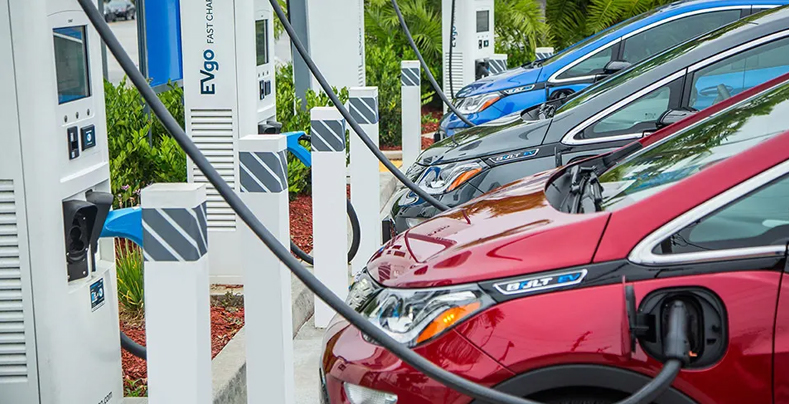
Electric vehicles (EVs) can be charged using three different levels of charging: Level 1, Level 2, and Level 3 (DC Fast Charging, Tesla Supercharging). Each level delivers different amounts of power, resulting in varying charging speeds. It is important to note that each EV model can accept different amounts of power, making charging times variable.
Level 1 charging uses a common 120-volt household outlet and is the slowest way to charge an EV, adding between 3 and 5 miles of range per hour. This level is suitable for plug-in hybrid electric vehicles (PHEVs) with smaller batteries. Level 2 charging, which is the most commonly used level for daily EV charging, uses a 208-240-volt power supply and can replenish between 12 and 80 miles of range per hour. Most BEV owners install Level 2 charging equipment at their residences.
Level 3 charging is the fastest type of charging, available in two types: DC Fast Charging and (Tesla) Supercharging. It uses a 400-900-volt power supply and can recharge an EV at a rate of 3 to 20 miles per minute. This level of charging is only available at public charging stations. It is important to note that charging speeds and times vary based on the EV model and the power output of the charging equipment.
Types of Electric Vehicle Chargers
As people become more environmentally conscious, they are turning to electric vehicles (EVs) because of EVs' valuable impact on climate. However, in order to power these eco-friendly vehicles, a dependable charging infrastructure is necessary. This is where electric vehicle chargers play a crucial role.
There are several types of EV chargers that are available to users, each with its own set of advantages and drawbacks. In this article, we will take a closer look at the various types of electric vehicle chargers and what distinguishes them from one another.
Level 1 Chargers
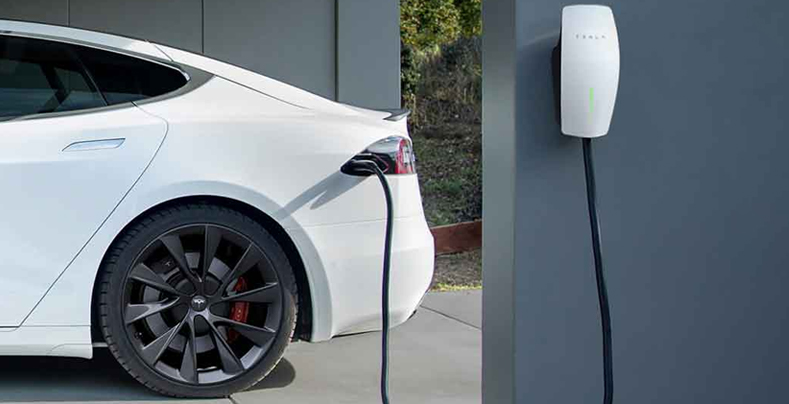
Level 1 chargers are the simplest and most basic type of electric vehicle charger. These chargers use a standard 120-volt household outlet, and they typically provide a charging rate of about 4-5 miles of range per hour. While level 1 chargers are the slowest and least powerful option, they are also the most affordable and easy to use.
Level 2 Chargers
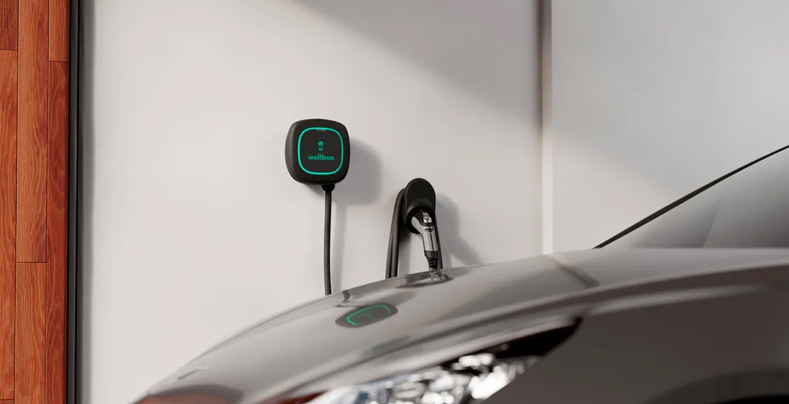
Level 2 chargers are the most common type of electric vehicle charger. These chargers use a 240-volt electrical circuit, which is the same type of outlet used for large household appliances like clothes dryers. Level 2 chargers can provide a charging rate of up to 25 miles of range per hour, making them much faster than level 1 chargers. Many public charging stations and home charging stations are level 2 chargers.
DC Fast Chargers
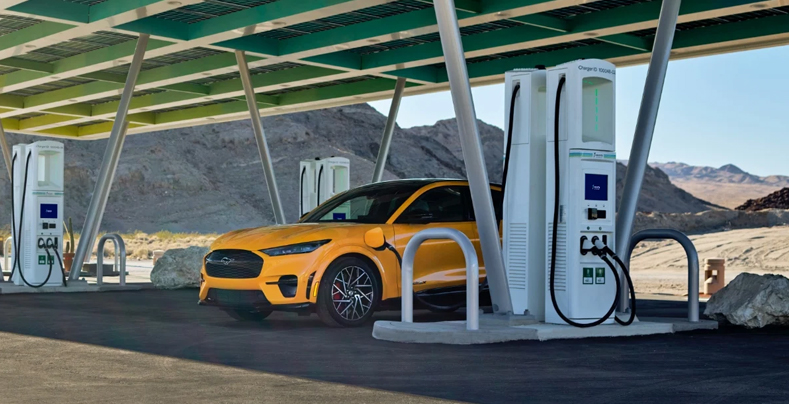
DC fast chargers are the most powerful type of electric vehicle charger, capable of providing a charging rate of up to 350 miles of range per hour. These chargers use direct current (DC) power instead of the alternating current (AC) power used by level 1 and level 2 chargers. DC fast chargers are often found at public charging stations along highways and major travel routes, allowing drivers to quickly recharge their vehicles during long trips.
Wireless Chargers
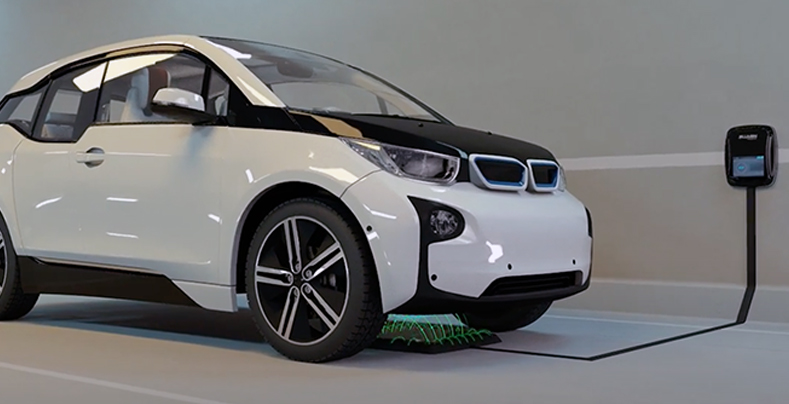
Wireless electric vehicle chargers, also known as inductive chargers, use an electromagnetic field to transfer energy between a charging pad and a receiver on the bottom of the vehicle. This eliminates the need for cables and cords, making the charging process more convenient and streamlined. While wireless chargers are still a relatively new technology and not yet widely available, they have the potential to revolutionize the way we charge electric cars.
To choose the right electric vehicle charger, consider your driving habits, budget, and local charging station availability. With proper charging infrastructure, you can keep your EV running efficiently for years.
EV Charging Speed
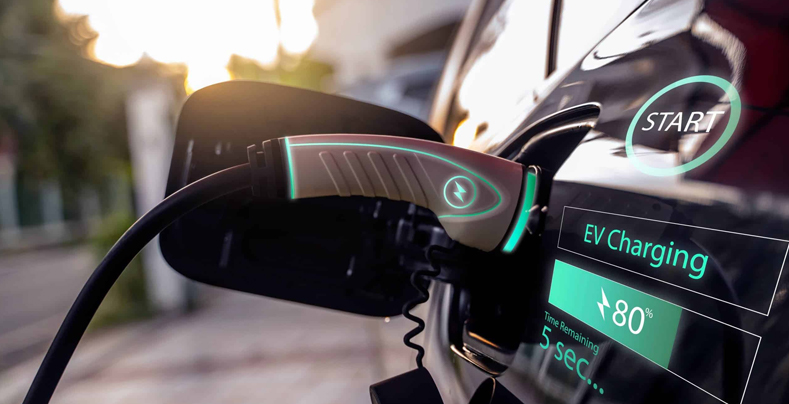
When it comes to charging your electric vehicle (EV), the speed at which your battery charges depends on the kiloWatt output of the charger. Generally, the higher the output, the faster your battery will charge. For instance, domestic three-pin plugs are considered slow, charging at a rate of 2.3kW. In contrast, dedicated 7kW wall boxes are considered fast, although, in practical terms, a 7kW charge is still relatively slow. Public chargers that can deliver 50kW are known as rapid charge points, while those that deliver 100kW or more are called ultra-rapid.
Home chargers use AC power, while rapid chargers use DC power. For example, a 50kW charger can charge a BMW iX3 with a 74kWh battery from empty to full in about 1.5 hours. Fast and rapid chargers may slow their charging rate as the battery approaches full to protect the battery's health. EVs have a maximum charging speed, so it's crucial to ensure that the charger's output matches the electric car's maximum charging speed. It is important to know that using a higher-output charger won't make the car charge any faster.
How to Charge an Electric Car in Public Spaces
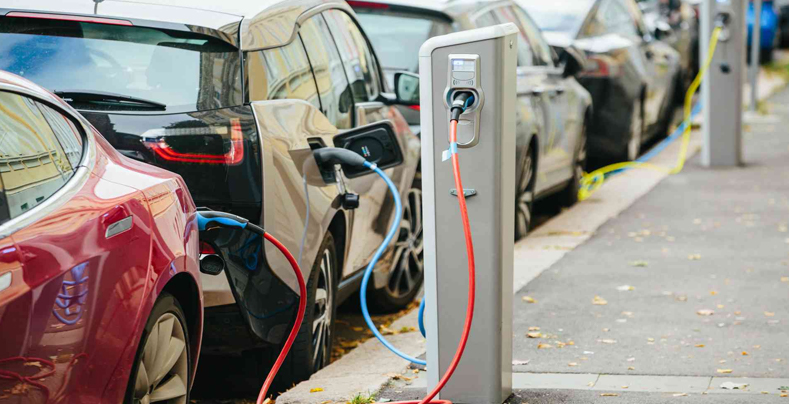
As electric vehicles (EVs) continue to gain popularity, charging options have become more readily available in the UAE. Public chargers are located at various locations, including roadside areas, motorway services, public car parks, and standalone charging stations that resemble traditional petrol stations with amenities such as shops and washroom facilities.
Most public charging stations in the UAE offer rapid 50kW units, while some can provide up to 350kW charging. However, it's important to note that many EVs are capped at a maximum charging rate, which is often 50kW, 125kW, or 270kW for high-end models such as the Porsche Taycan.
In the UAE, several companies and organizations operate public charge points, including oil giants like BP and Shell, dedicated charging firms like Instavolt and Gridserve Electric Highway, as well as local councils. Each network has its pricing structure, and some may offer discounts for regular users who pay monthly membership fees.
In addition to monthly subscriptions, most public charging stations in the UAE also allow pay-as-you-go usage, where you can activate the charger using your bank card or contactless mobile phone payment.
How to Charge an Electric Car at Home
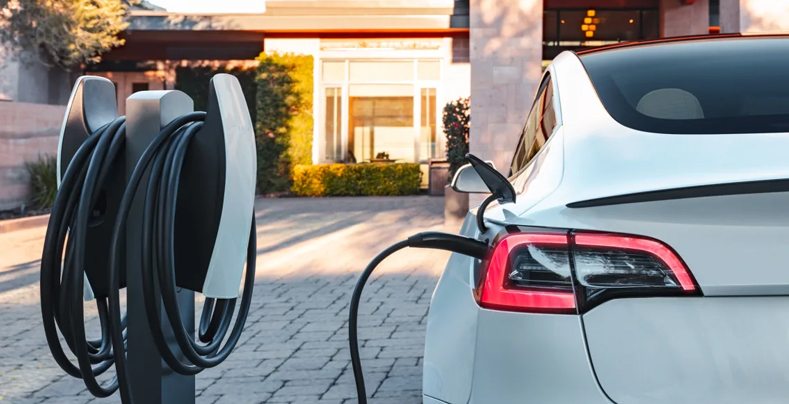
There are two primary options for charging at home: using a domestic three-pin plug or installing a dedicated charging port, but it's important to note that both options require off-street parking.
While a three-pin plug can work in a pinch, it's not the best solution, as it can take up to 35 hours to fully charge your car's battery, depending on the car and battery capacity. Additionally, if your home's electrical circuits have any weak spots, such as old wiring or a fuse board, the high-demand draw from continuous charging could overload the circuit, posing a danger.
It's also important to note that using a standard extension cord is not recommended for charging your electric car as they are not designed to handle the electrical loads required for charging. Therefore, charging through a domestic plug should only be used in emergencies.
The second and better option is to install a dedicated home charging point, also known as a 'wall box.' While the cost of installation is a little high but this is the preferred option for most electric vehicle owners. Home wall box chargers deliver electricity at a faster rate than a three-pin plug, offering around 7 kiloWatts (KW) compared to the 2.3kW from a conventional socket. As a result, a wall box can add about 30 miles of range per hour, and a complete recharge can take about 10 hours, depending on the car.
It's essential to note that charging an electric car is not the same as filling up a fuel tank, and owners often charge little and often, rather than waiting for an empty battery. This way, it becomes a part of your daily routine, much like charging your mobile phone.
The Cost of Charging an Electric Car In UAE
When comparing the cost of owning and operating an electric vehicle vs an internal combustion engine (ICE) car in the UAE, EVs have an advantage in terms of charging costs. Electric vehicle (EV) charging in the UAE is becoming increasingly affordable and accessible, with the government's efforts to promote sustainable transportation. In fact, EV charging is even more cost-effective, with a cost of just Dhs7.50 for a distance of 400 km.
To further improve convenience for EV drivers, the government is exploring the possibility of installing fast charging stations at gas stations. Furthermore, the UAE government offers incentives for EV owners, including free charging and reduced parking fees. With these efforts, electric vehicle ownership is becoming a more attractive and viable option for drivers in the UAE.













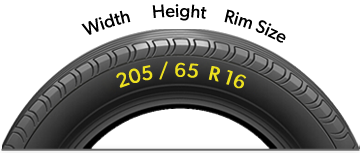































Conclusion
In conclusion, the UAE has seen a significant rise in public charging stations for EVs, making it more convenient and accessible for EV owners to charge their vehicles while on the go. With various charging options and payment methods available, it has become easier than ever to charge your EV while out and about in the UAE.